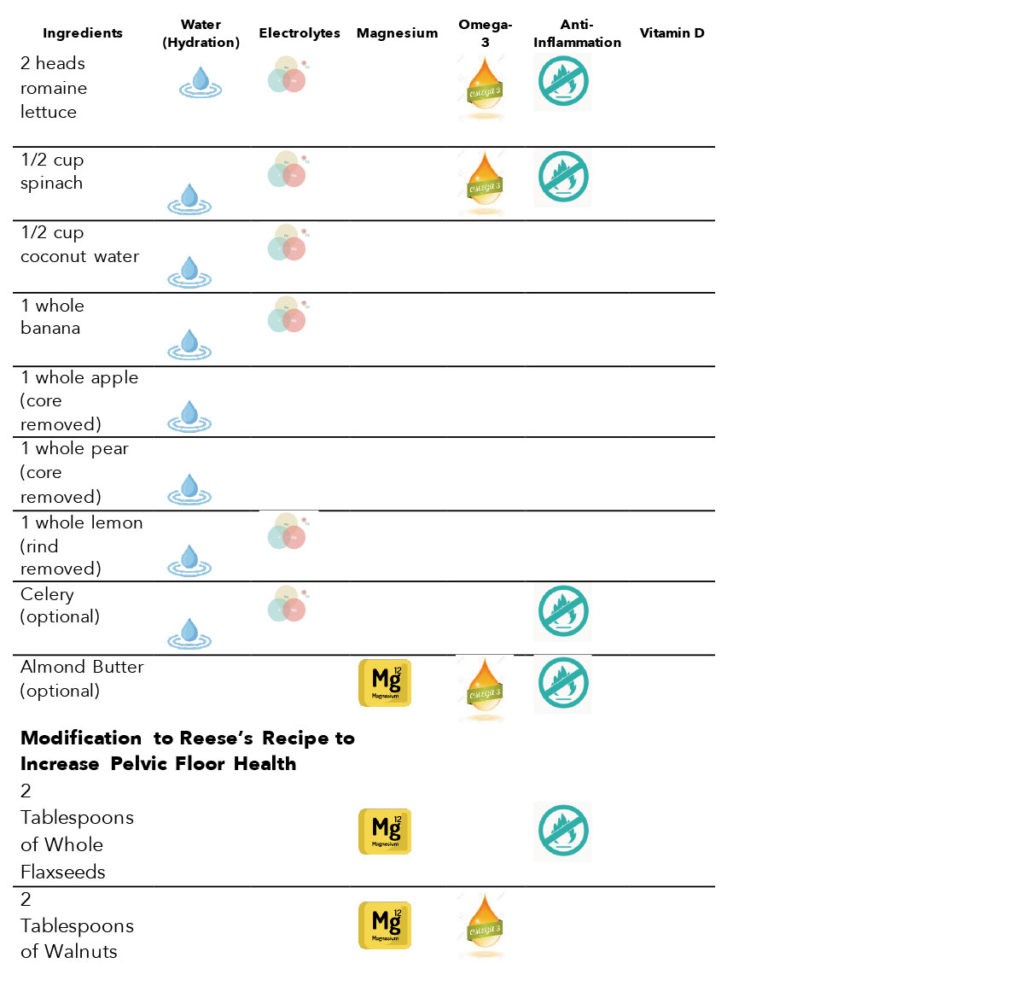We have all heard that two factors of being healthy are diet and exercise, but did you know that is important for your pelvic floor health as well? Many women are aware of Kegel exercises, the most common way to strengthen your pelvic floor muscles, although most have not considered how a healthy diet can play an important role.
Here are just SEVEN hacks to help improve and maintain a healthy Pelvis:
Water. Is there ANY discussion about health that doesn’t begin with water? Water is important because our bodies use water to absorb key minerals, vitamins, amino acids, and glucose into cells and tissues to flush out toxins as well as regulate temperature.

Our bodies lose water through breathing, sweating, and digestion, and if we are not re-hydrated properly one consequence is constipation. As many as 50 percent of people with chronic constipation have pelvic floor dysfunction.1 Constipation can lead to the weakening of the pelvic floor muscles.2 So, stay hydrated by drinking enough water each day. For women, this is around 2.7 liters (91 ounces a day)3 which is roughly the 8 glasses a day we have often heard as a good rule of thumb. Remember, adjust for workouts where you sweat more.
Electrolytes. In addition to water intake, you must also maintain your hydration through electrolytes. Electrolytes are essential minerals, like sodium, calcium, and potassium, that are vital to many key functions including hydration, but also muscle contractions.4 While you may find electrolytes in popular sports drinks, be mindful of their other ingredients. Often these drinks get their flavor from excess sugar and artificial dyes and other ingredients that may not be healthy. Choose fruits and vegetables in their natural form, they will add sustenance, electrolytes, and water!
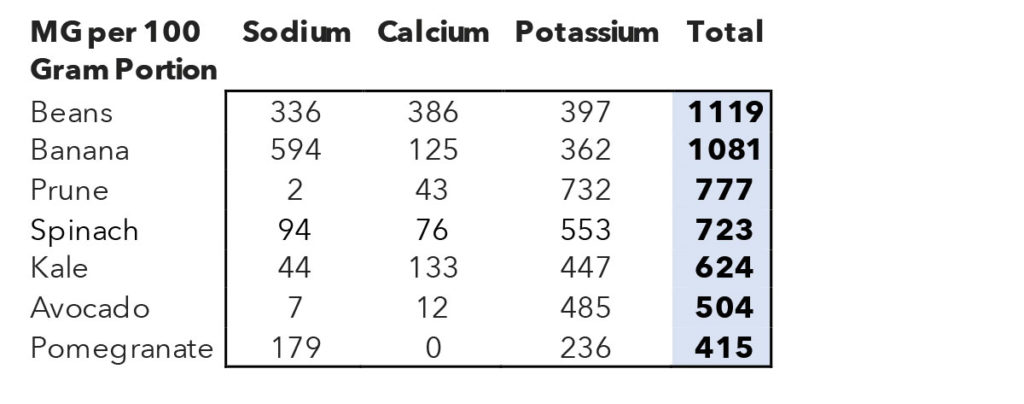
Dark Chocolate. Any healthy suggestions encouraging chocolate has our ears open, right? This isn’t just wishful thinking. Dark Chocolate contains more magnesium than the vegetables at your local grocery store. Magnesium is important as it regulates muscle and nerve function which includes muscle contraction of our bladders.5 As women get older, we need more magnesium to maintain proper functions; after 30, the recommended daily allowance is 320 mg a day.6 If you are not a chocolate fan you can also find high sources in nuts and beans and other foods. Here’s a snapshot of some of our favorite foods according to USDA7:

Seeds & Nuts. Omega-3’s are important to a wide range of bodily functions and are most associated with heart health, which is critical, but they also reduce inflammation8 which can be harmful to our bladder.
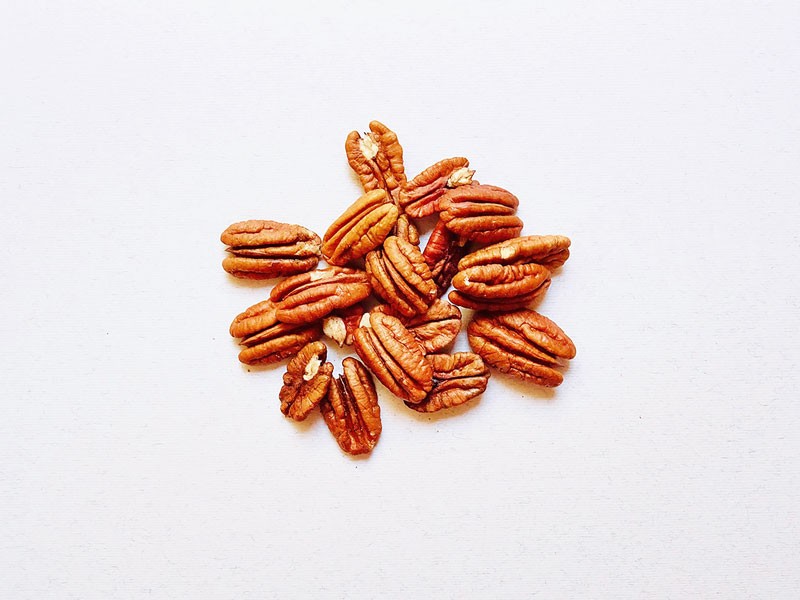
When we ingest foods or drinks that our immune systems perceive as foreign an inflammation response is prompted9. Inflammation is like an irritation within your body that you will be unable see or even fell feel. “It’s a smoldering process that injures your tissues, joints, and blood vessels, and you often do not notice it until significant damage is done,” says Dr. Andrew Luster, of the Center for Immunology and Inflammatory Diseases10 Omega-3 can be found in animal and non-animal sources, making it easier for women to get their daily recommendation of 1.1g. 11 Here are some delicious sources of Omega-3s that will get to your daily goal with just one serving!

In addition to Omega-3’s you can also choose an anti-inflammatory diet that focuses on foods with an emphasis on a low inflammatory response when being consumed.13 You do not have to avoid foods that cause inflammation but ensuring there’s a balance of foods in your diet to manage the amount of inflammation is key. Here’s a list of inflammatory and anti-inflammatory foods: 14

Bananas & Avocados. While some foods provide us with nutrients and minerals that can regulate body functions or reduce inflammation, we must be mindful of foods that can cause irritations as well. Food containing citric acid and sugar15 have been known to cause bladder irritation which can weaken bladder control.
You can still enjoy (natural) orange juice but be mindful of your intake and most importantly look at your ingredients on soft drinks, packaged fruits, vegetables, and meat products, which often use citric acid as a common additive used as a preservative. When you are looking for that breakfast or snack consider bananas or avocados that have little to no citric acid or mix it up a little, occasionally try adding apricots, papaya, pears and watermelon if available.
Salmon. Some studies16,17 have shown that women with higher levels of Vitamin D have significantly lower risks of getting pelvic floor disorders. Vitamin D is stored in fat cells until the body needs it. Then the liver and kidneys turn it into a form the body can use.18 We can save Vitamin D from sunlight where it is collected from our skin, but we can also get it from food that are high in the vitamin, mainly fish and mushrooms. Most of us do not eat large enough quantities of these two foods which is it is often fortified in drinks we consume such as milk and juice. Here are some of the options we have when looking to increase our Vitamin D: 19

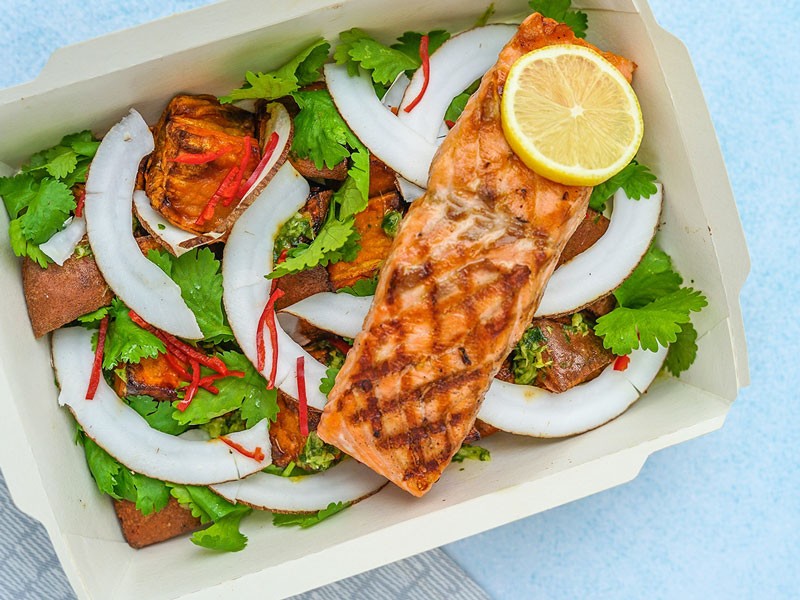
How can you incorporate all this into your diet?
This is a lot of information. There’s one easy way to get as many of these foods into one meal at one time: smoothies! Did you see Reese Witherspoon’s green smoothie recipe that went viral recently? She got the recipe from Kerry Washington after commenting how beautiful her skin was. Reese drinks this every day and attributes it to her health and glowing skin and with a few modifications this drink can include all the important foods and nutrients we’ve suggested. Check out the recipe below and give it a try!
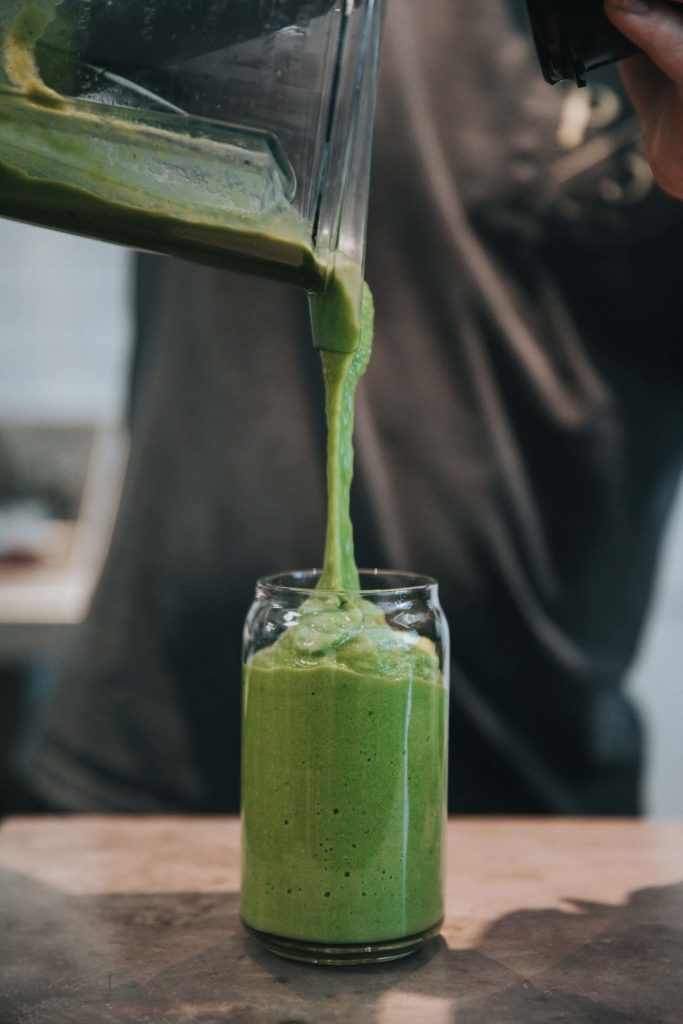
Ingredients
- 2 heads of romaine lettuce
- 1/2 cup of spinach
- 1/2 cup of coconut water
- 1 whole banana
- 1 whole apple (core removed)
- 1 whole pear (core removed)
- 1 whole lemon (rind removed)
Optional:
- Celery
- Almond Butter
- Flaxseeds
- Walnuts
Put everything in a blender and blend for one minute. This recipe makes two batches, so you can have one serving and put the rest in the fridge for tomorrow’s breakfast. How perfect is that?
For all women’s health, it is always important that look at what fuels we choose to put in our bodies. These foods have been identified to help with your pelvic health, but we must always choose foods in moderation. Consult with a physician before changing the balance of your diet to increase an abundance of certain foods to fully understand the complete impact to your total health.
Nutrition Breakdown
